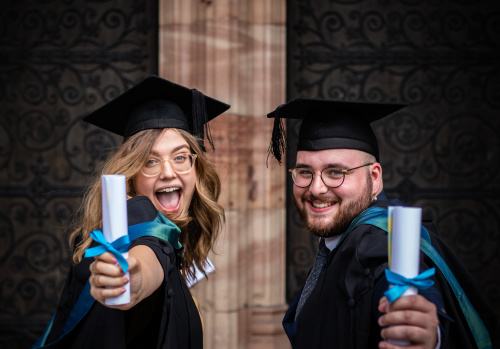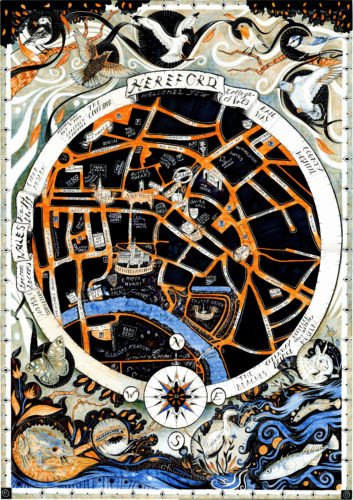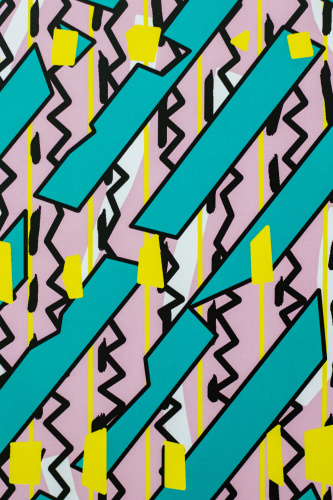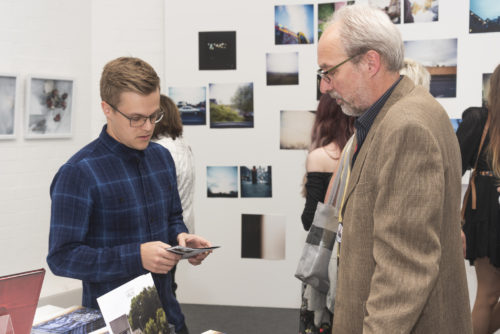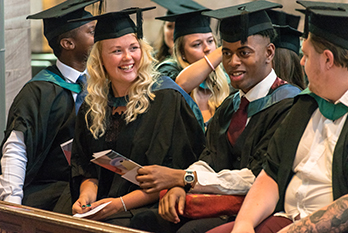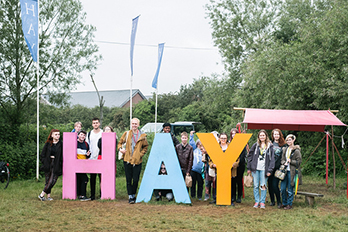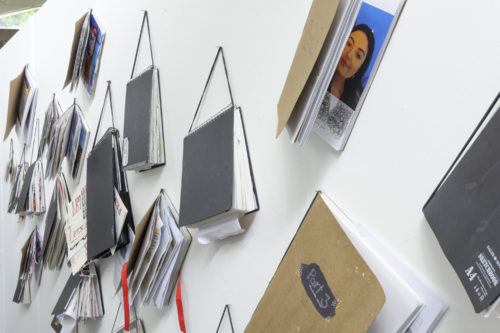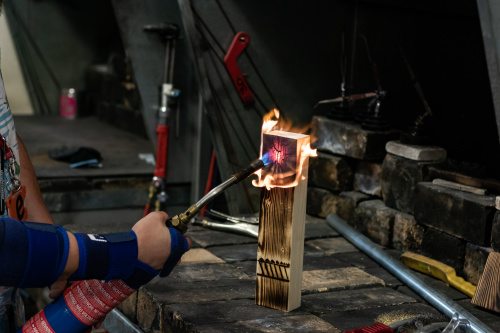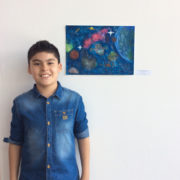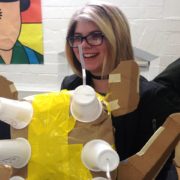Creative Tea – investigating ideas of practice-led research
Published on 20.10.16
3 min read Huge thanks to colleagues at HCA who, despite a tiring days teaching, came to our ‘Creative Tea’ on Tuesday night. Huge shout-outs to James and Clair; arriving slightly late but both had taught from 9.00 onwards, collaborating with a range of partners in an exciting collaboration that celebrates and investigates twenty-first-century responses
Categories
3 min read
Huge thanks to colleagues at HCA who, despite a tiring days teaching, came to our ‘Creative Tea’ on Tuesday night. Huge shout-outs to James and Clair; arriving slightly late but both had taught from 9.00 onwards, collaborating with a range of partners in an exciting collaboration that celebrates and investigates twenty-first-century responses to the ‘Mappa Mundi’, Hereford’s famous medieval map of the world.
Particular thanks must also go to the amazing Aine Venables, who presented her research into ‘Empathy and Learning’. Aine’s research is particularly interesting because of the way it blends pedagogy and practice, plus how it articulates the very distinct role an illustrator has to play in visually communicating ideas to a wide audience.

Following Aine’s presentation, we workshopped ideas of practice-led research. There are external models and methodologies for practice-led research around but no one standard definition – a helpful guide to some of the main theories can be found here. I am very grateful for my colleague’s enthusiasm and willingness to discuss these issues with such depth and critical engagement. Many perspectives were presented and debated, and I drew four main themes from the conversation:
- Practice-led research is an iterative process that can be tacit rather than explicit and is framed in ideas of theory and practice. It is reflective, evaluate and ongoing, and concerns a range of informed choices that can be articulated by the practitioner. Ideas of design thinking and the model always in beta-test might also be useful here.
- How we articulate our vision is important. Our work must be purposed and purposeful. We need to make sure it communicates clearly.
- There are already established methodologies for practice-led research. As a college, within the Scholarship Project, do we adapt/amend an existing methodology for practice-led research or do we develop our own model. It is worth bearing in mind here that within the emerging discipline of creative forged metals new models of practice-led research are already emerging (Done, 2016)
- As arts practitioners our pedagogy can grow from our practice – all visual arts work is embodied research and so we are always teacher-researchers. How we frame our outputs needs to be considered carefully – sometimes it is justifiable to reframe in the language of academe, but sometimes we must choose the object.
I would add that perhaps for our students we need to consider the value of understanding how to communicate in different modes. This is important in our practice and our pedagogy as a creative arts institution. Potentially, we might question how we support our learners to draw on and create multiple articulations of practice in order to support their creative futures.
Our next steps will be to discuss ideas with students (and thanks to those I’ve spoken to this week who have agreed to work as a focus group) and possibly develop some kind of heuristic that articulates our inquiry-based research practice in the studio.
Sarah
